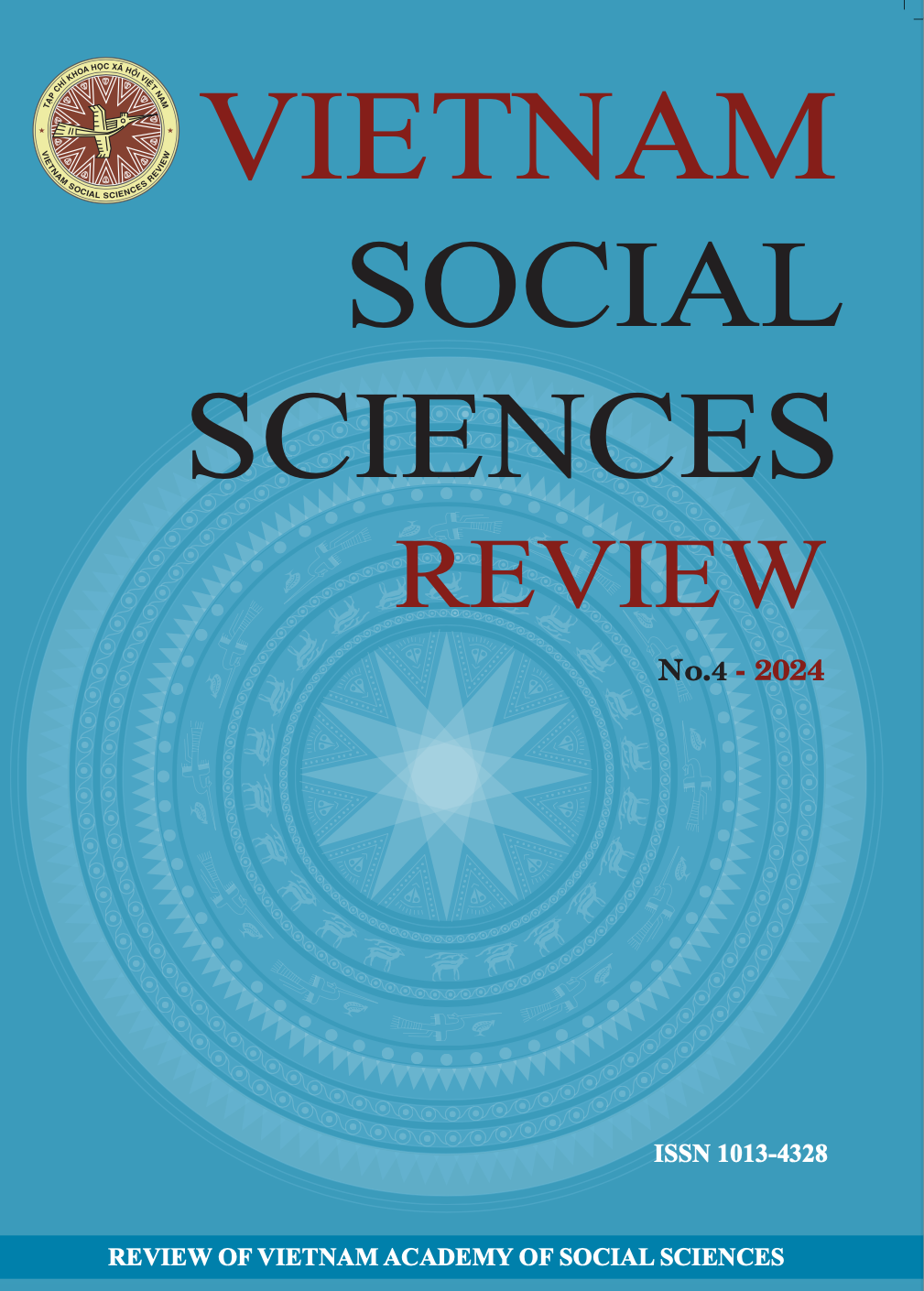Translating Children’s Literature: An Exploration of Techniques Used in English- Vietnamese Translation of Aesop’s Fables
Keywords:
Children’s literature, English for young learners, fables, translation techniques.Abstract
This study aims to explore techniques employed in translating children’s literature. In particular, it examines those used in translating story titles, proper names, personal pronouns, and life lessons. Using a purposive corpus built from a collection of Aesop’s fables written in English and their translation into Vietnamese, the study has attained considerable findings. The results show that the techniques used were universal. All the techniques mentioned above have been found in the Vietnamese versions of selected Aesop’s fables. Nonetheless, due to differences in language properties between English and Vietnamese, some instances of translation were far more complicated and tended to combine techniques. This study found a new application for the adaptation technique in translating proper names that can be described as domesticated replacement. The study also suggests that by using bilingual fables as material for teaching English to young learners, teachers can raise their awareness of linguistic differences between English and Vietnamese, and help them appreciate the richness of English and Vietnamese, encouraging them to express similar ideas in different linguistic and cultural contexts.
DOI:
https://doi.org/10.56794/VSSR.4(221).109-125Classification number
Linguistics

Downloads
Published
References
Alivand, S. (2016). Children literature and translation: Purpose paradigm as a case in point. Translation Journal. https://translationjournal.net/April-2016/children-literature-and-translation- purpose-paradigm-as-a-case-in-point.html
...


